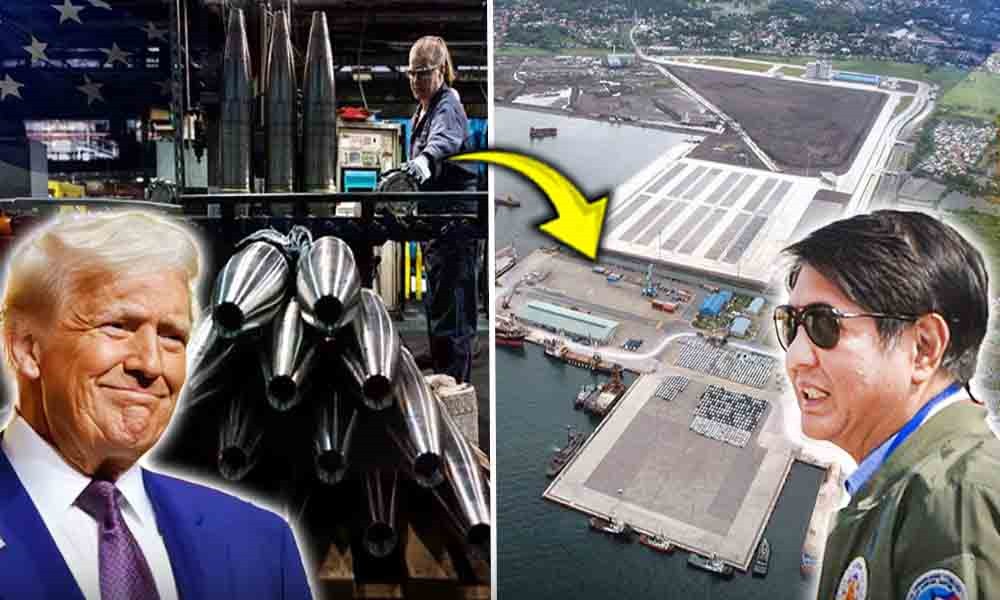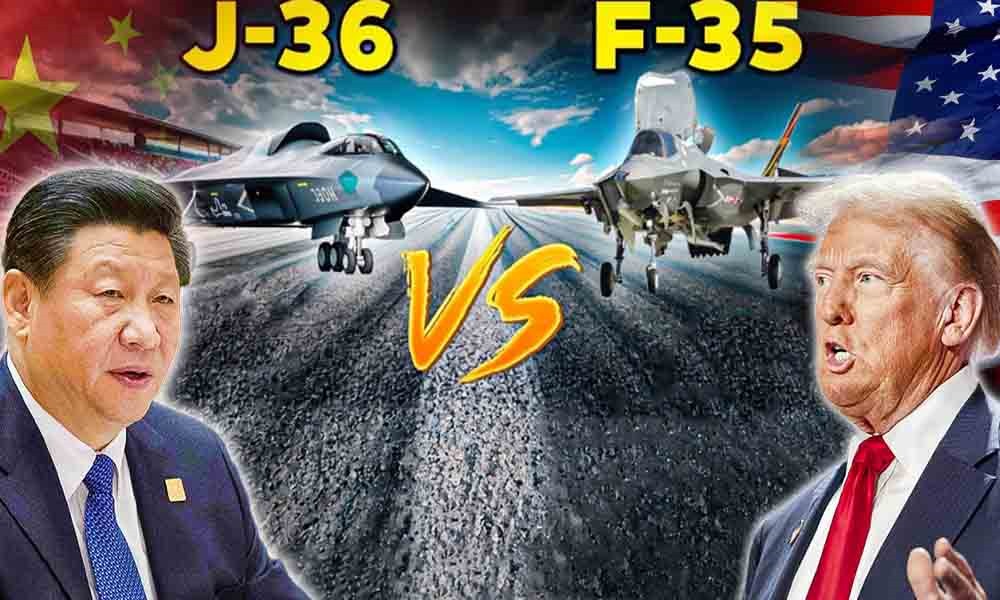In what could mark a seismic shift in U.S. force posture across the Indo-Pacific, American lawmakers are pushing for the construction of a major ammunition manufacturing and storage plant at the former U.S. Naval Base Subic Bay — a site once considered the crown jewel of Washington’s military footprint in Southeast Asia.
If the plan moves forward, it would be one of the most significant U.S. defense investments in the Philippines since the Cold War — and a clear signal that Washington is doubling down on hard power projection in the face of China’s rising muscle-flexing in the South China Sea and the Luzon Strait.
Why Now? Why Here?
A recent report from the House Appropriations Committee’s defense subcommittee revealed the proposal under the title “Indo-Pacific Ammunition Manufacturing,” citing growing concern over the lack of forward-deployed munitions infrastructure in the region. Translation? In a fight that could erupt over Taiwan or in the First Island Chain, logistics and resupply will make or break victory — and the U.S. wants to be ready.
“The Committee is concerned with the lack of a forward-staged ammunition manufacturing facility in the Indo-Pacific,” the report reads. It directs the Department of Defense to explore the feasibility of building a joint U.S.-Philippine plant at Subic, coordinating with the State Department and the International Development Finance Corporation (DFC).
The facility would reportedly produce and store key energetic materials like nitrocellulose, nitroglycerin, and acid — essential ingredients in modern ammunition. These aren’t just bullets — we’re talking about the full stack: explosives, artillery shells, smart munitions, and likely pre-loaded “all-up rounds” ready for deployment.
Subic Bay: From Ghost Base to Strategic Hotspot
Once the largest overseas U.S. naval base, Subic Bay was vacated in 1992 following nationalist pressure in Manila. But history doesn’t stay buried for long — especially in geopolitics. In the shadow of rising Chinese aggression, Subic is quietly returning to the chessboard.
Today, American warships and logistics vessels are already quietly serviced in local yards, and the U.S. Navy is planning a new prepositioning program in and around the bay — basically, floating warehouses of war stuff, locked and loaded.
This proposed ammo plant is the next logical step — especially after the Philippines passed its Self-Reliant Defense Posture Revitalization Act, aiming to build its own defense industrial base. Think: less dependency on imports, more Made-in-Manila munitions.
“It’s a commitment to a long-term growth trajectory,” said President Ferdinand Marcos Jr., who’s positioned the Philippines as a linchpin of deterrence in the Indo-Pacific. “We are at the fulcrum of geopolitical shifts and volatilities.”
Joint Defense Vision: U.S.-Philippines Forge Closer Ties
This isn’t just a solo act. The U.S. and the Philippines have released a joint defense industrial cooperation roadmap, with ammunition components and energetics listed as top-tier priorities. That means this proposed plant could be a joint venture, bringing investment, technology, and training into Philippine hands — and tying both militaries closer at the operational level.
During Secretary of Defense Pete Hegseth’s recent trip to Manila, the two sides hammered out a vision statement laying out areas like storage, logistics, and live-fire readiness as the next frontier of cooperation.
Will China and the Philippines adhere to their most recent “Arrangement”?
Strategic Implications: Countering the China Playbook
Here’s what makes this move so geo-strategically spicy: Subic Bay sits at the mouth of the Bashi Channel, a chokepoint between Taiwan and Luzon that is essential for maritime dominance and military logistics.
China has been actively contesting waters, building A2/AD (Anti-Access/Area Denial) bubbles in the South China Sea. But with new U.S. bases in Luzon, F-22s rotating into the Philippines, and now a possible ammo plant just 300 miles from Taiwan, the U.S. is positioning itself to disrupt Beijing’s game plan from multiple directions.
This is what strategists call “deterrence by denial” — making it so hard and costly for China to achieve its objectives that it rethinks the calculus.
Is Malaysia’s Military Strong Enough to Claim its Exclusive Economic Zone(EEZ) from China?
What’s Next?
Lawmakers have instructed the Secretary of Defense to deliver a feasibility update within 60 days of the Appropriations Act being signed into law. If greenlit, construction would mark a new era of defense industrial diplomacy between Washington and Manila — one anchored in co-production, co-location, and shared deterrence.
But there’s a wildcard: Philippine domestic politics. While the Marcos administration is strongly pro-U.S., there are fears that a future Duterte-style pivot to China could throw a wrench in these plans. The 2028 Philippine presidential elections may become a battleground not just for votes, but for the very future of this alliance.
Final Take
Subic Bay is back in play — not as a relic of the Cold War, but as a potential linchpin in 21st-century great power competition. If this ammo plant becomes a reality, it won’t just stockpile bullets — it’ll solidify the Philippines’ role as America’s front-line partner in the Indo-Pacific’s most volatile neighborhood.
One thing’s clear: The arsenal of democracy may be getting a new zip code — and it’s looking a lot like Luzon.


